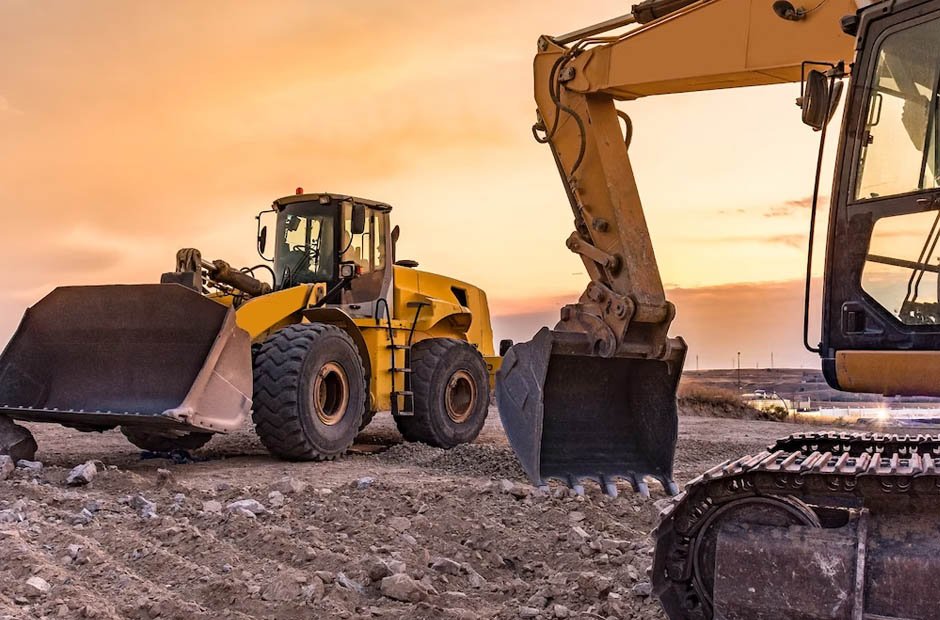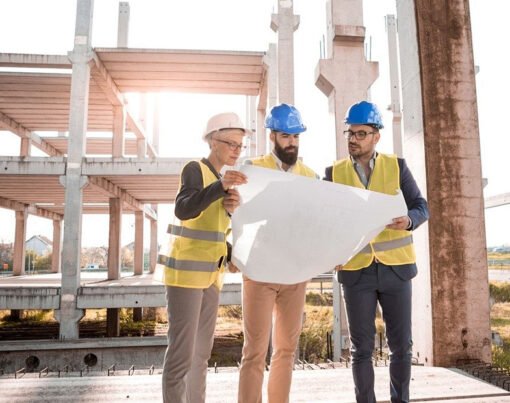In the fast-paced world of construction, the comfort and well-being of equipment operators are often overlooked. However, the paradigm is shifting with the adoption of human-centric design principles in the manufacturing of construction equipment. This article delves into the importance of operator comfort, the evolving design trends, and how construction equipment suppliers play a pivotal role in this transformative process.
Table of Contents
Prioritizing Operator Comfort
Traditionally, construction equipment design focused primarily on functionality and performance. However, the realization that comfortable operators are more productive and safer has prompted a shift towards human-centric design. From the ergonomics of control panels to the layout of the cab, every aspect is being reconsidered to ensure that operators can work for extended periods without fatigue or discomfort.
Ergonomics in Cab Design
The cab of construction equipment is the operator’s workspace, and its design significantly influences job performance. Human-centric design emphasizes ergonomic considerations, ensuring that controls are easily accessible, visibility is maximized, and the overall layout minimizes strain on the operator’s body. Comfortable seating, adjustable controls, and an intuitive dashboard contribute to a workspace that promotes efficiency and reduces the risk of operator fatigue.
Reducing Vibration and Noise
Construction sites are inherently noisy and vibrating environments. Human-centric design addresses these challenges by incorporating features that reduce both vibration and noise within the equipment. This not only enhances operator comfort but also contributes to long-term health and well-being. By minimizing exposure to excessive vibrations and noise, equipment manufacturers are prioritizing the overall safety and satisfaction of operators.
Climate-Controlled Cabs
Construction projects often unfold in diverse climates, from scorching heat to freezing cold. Human-centric design acknowledges these environmental challenges by incorporating climate control systems within equipment cabs. Adjustable heating, ventilation, and air conditioning systems ensure that operators can maintain a comfortable working environment, allowing them to focus on the task at hand regardless of external weather conditions.
Technological Integration for Intuitive Operation
Modern construction equipment is equipped with advanced technologies, and human-centric design ensures that these technologies are seamlessly integrated for intuitive operation. Touchscreen interfaces, user-friendly controls, and smart automation features contribute to an operator-friendly experience. Construction equipment suppliers play a crucial role in ensuring that these technologies are not only cutting-edge but also user-friendly, enhancing the overall operator experience.
The Role of Construction Equipment Suppliers in Human-Centric Design
Construction equipment suppliers are at the forefront of driving human-centric design in the industry. By collaborating closely with manufacturers, suppliers influence the design and features of the equipment they provide to contractors and construction firms. Through market demand and feedback from end-users, suppliers play a crucial role in shaping the direction of human-centric design, advocating for equipment that prioritizes operator comfort and efficiency.
Evaluating the Return on Investment
Investing in human-centric design is not just a matter of comfort; it is a strategic decision for construction companies. Equipment suppliers, through their offerings, contribute to the overall productivity of construction projects. The reduction in operator fatigue, increased efficiency, and improved safety all contribute to a positive return on investment for companies that prioritize human-centric design in their construction equipment.
In conclusion, the integration of human-centric design principles in construction equipment represents a transformative shift in the industry. Operators are no longer just users; they are integral contributors to the efficiency and success of construction projects. Construction equipment suppliers, recognizing this paradigm shift, play a crucial role in driving the adoption of designs that prioritize operator comfort, safety, and overall satisfaction. As the industry continues to embrace these principles, it not only enhances the operator experience but also sets new standards for the future of construction equipment design.










